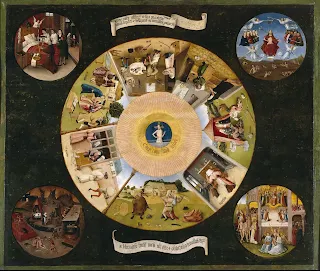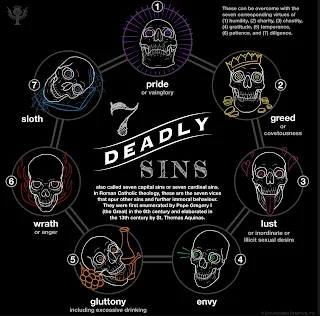Nestled in Santa Fe, New Mexico, the Loreto Chapel is a beacon of architectural beauty and spiritual significance. While the chapel itself is a marvel, its true fame lies in the story of its staircase, often referred to as the Miraculous Staircase. This enigmatic structure has captured the imaginations of countless visitors and remains a subject of intrigue and faith.
The Origin of Loreto Chapel
Built in the late 19th century, the Loreto Chapel was designed by French architects to resemble the Sainte-Chapelle in Paris. Its Gothic Revival style, complete with stunning stained glass windows, exudes a sense of reverence and artistic grandeur. The chapel was intended to serve the Sisters of Loretto, a religious order dedicated to education and service.
However, upon its completion, a significant problem arose: the chapel lacked a functional staircase to the choir loft. The steep height posed a challenge, as a traditional staircase would have compromised the chapel's small interior space.
The Arrival of the Mysterious Carpenter
According to legend, the Sisters of Loretto prayed a novena to St. Joseph, the patron saint of carpenters, seeking a solution. On the final day of their prayers, a mysterious man appeared at their doorstep, offering to construct a staircase. With simple tools and materials, he worked in solitude, crafting what would become one of the most remarkable features of the chapel.
Once the staircase was completed, the carpenter vanished without seeking payment or recognition. The Sisters tried to locate him but found no trace of the enigmatic craftsman. This led to speculation that the carpenter might have been St. Joseph himself, answering their prayers in a miraculous way.
The Miraculous Staircase: A Structural Marvel
The staircase is a marvel of design and craftsmanship. It consists of two complete 360-degree turns and was built without the use of nails, only wooden pegs. Even more perplexing is its lack of a central support column, which, by conventional engineering standards, should render it structurally unsound. Yet, the staircase has stood firm for over a century.
Adding to the mystery, the wood used in the construction is not native to the region, and its exact origin remains unidentified. Experts who have examined the staircase are baffled by its flawless design and functionality, which seem to defy the knowledge and resources available at the time.
Faith Meets Engineering
Over the years, theories have emerged attempting to explain the staircase's construction. Some suggest it was the work of a master carpenter who preferred anonymity, while others attribute it to divine intervention. Regardless of its origins, the staircase has become a symbol of faith, perseverance, and the belief in miracles.
Visiting the Loreto Chapel
Today, the Loreto Chapel is a popular tourist destination and a site of pilgrimage. Visitors come from all over the world to marvel at the staircase and reflect on its spiritual significance. While the choir loft is no longer in use, the staircase remains a testament to the enduring mystery and beauty of the chapel.
Final Thoughts
The story of the Loreto Chapel and its staircase bridges the realms of faith and mystery. Whether seen as a miraculous act of divine intervention or a testament to human ingenuity, the staircase continues to inspire awe and wonder. For those who visit, it is a reminder that sometimes the answers to our prayers come in ways that transcend explanation, leaving us with a sense of reverence for the unknown.
References:
- "The Loreto Chapel: A Spiritual and Architectural Icon," Santa Fe Historical Society.
- "Miracles and Mysteries of the Loreto Staircase," Architectural Digest.
- Local records and testimonies from the Sisters of Loretto archives.

.jpg)







.jpg)

.jpg)











